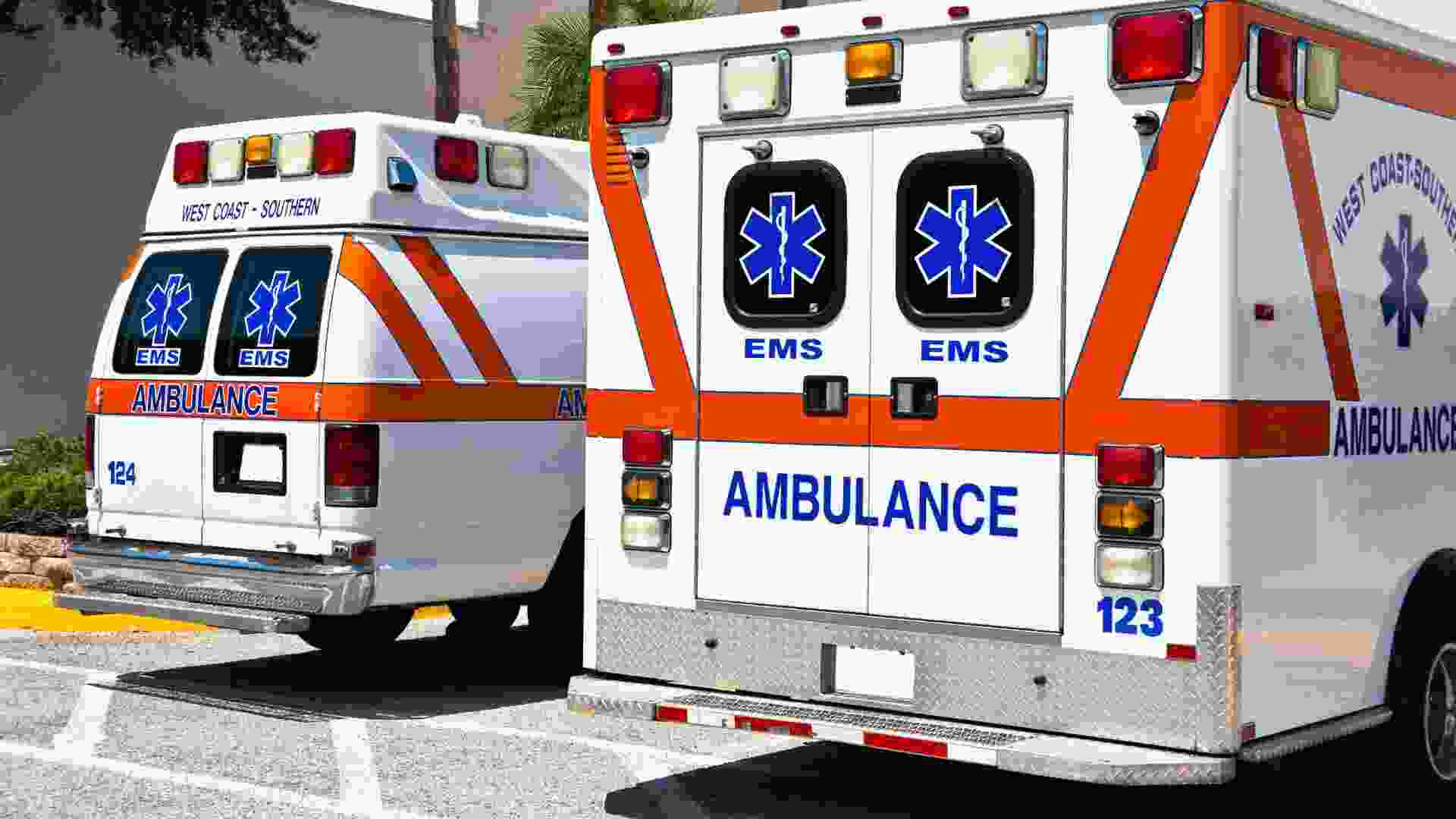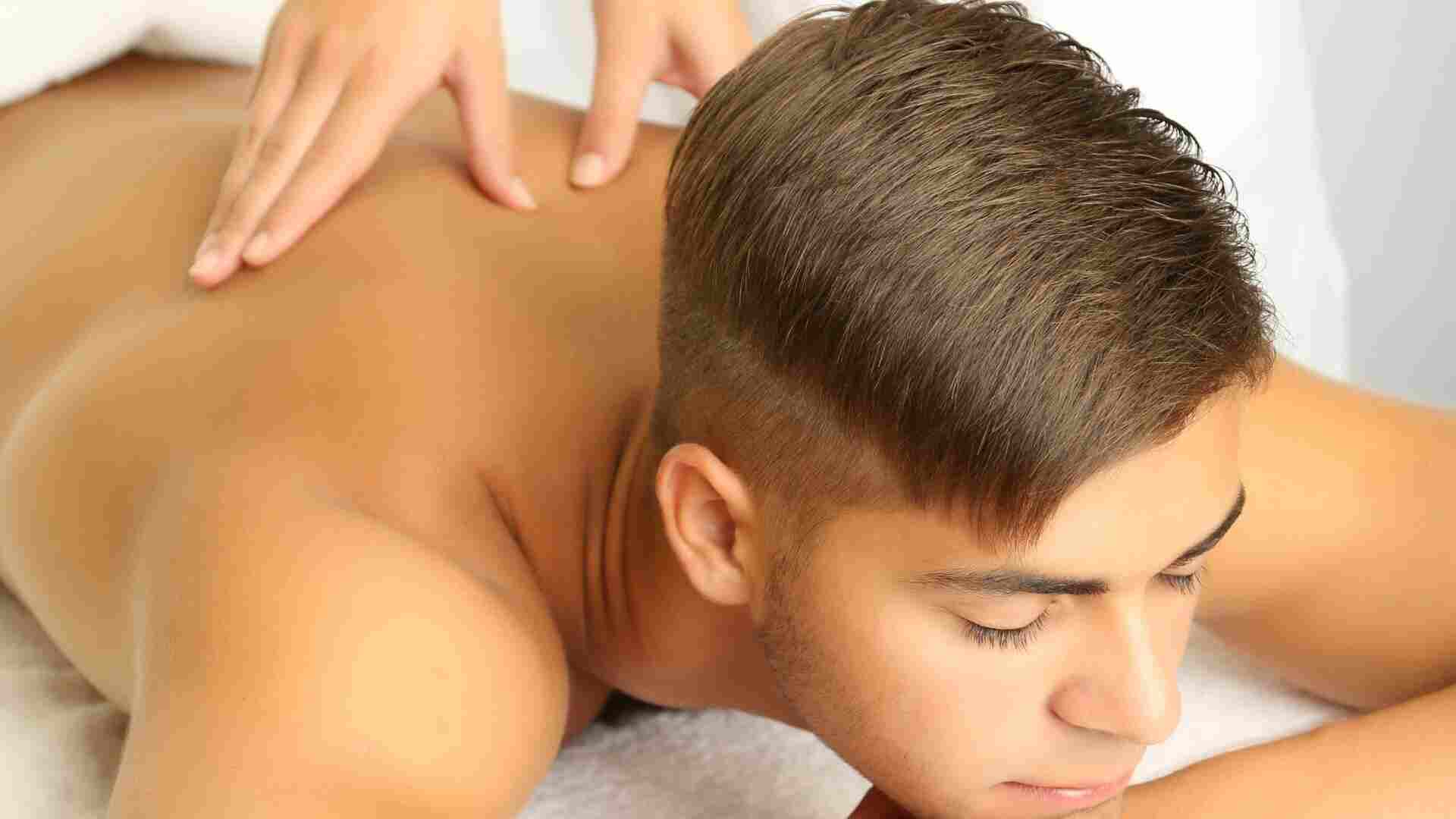Physical Therapists
Physical therapists (PTs), often known as trained professionals, diagnose and treat aberrant physical function brought on by an illness, injury, or handicap. The American Physical Therapy Association (APTA) describes physical therapists as educated and certified movement specialists. A variety of illnesses, disabilities, and injuries can be diagnosed and treated by them. Physical therapists work to limit additional injury or disability while also enhancing a person’s range of motion and quality of life.
If you are looking for professional physical services in the USA, Atlas Physical Therapy can help you. They offer Physical therapy services in a private and comfortable setting, tailored to your specific needs. They can help you recover from injuries, manage chronic pain and rehabilitate after surgery. Their physical therapists will provide you with the treatment and guidance needed to get back to your active lifestyle.
What to expect
A physical therapist assists in the care of patients during all stages of recovery, from the initial diagnosis to the restorative and preventative phases. Physical therapy may complement other therapies or serve as a stand-alone option.
While some patients are referred to a physical therapist by their physician, others look for treatment on their own. A physical therapist undergoes training that permits them to, in accordance with the World Confederation for Physical Therapy:
- a physical examination and evaluation of a person’s performance, flexibility, muscle and joint motion, and movement should be conducted.
- provide a clinical diagnosis, outlook, and treatment plan with short- and long-term objectives.
- carry out physical therapy interventions and treatments
- suggest self-management techniques, such as activities one can undertake at home
Physical therapy treatments, in addition to physical manipulation, may include:
- Iontophoresis: This method administers some drugs, like topical steroids, using an electrical current. This may lessen inflammation’s presence.
- There are two types of electrical stimulation (e-stim). Pain is lessened with transcutaneous electrical nerve stimulation. In contrast, neuromuscular electrical stimulation improves muscular engagement by stimulating the muscle motor units.
- Therapy with heat, moist heat, and cold may be helpful for a variety of illnesses.
- Lasers and special lights are used in light therapy to treat specific medical ailments.
Physical treatment could benefit
Depending on their area of expertise, physical therapists can offer supplemental care for a wide range of medical issues. Physical therapists strive to maximize healing or instruct patients on how to improve their movement patterns, even though they cannot directly and independently treat medical diseases other than pure musculoskeletal conditions.
Following are a few ailments that might respond well to physical therapy:
- Musculoskeletal dysfunction, including back pain, rotator cuff tears, and temporomandibular joint disorders cardiopulmonary conditions, including chronic obstructive pulmonary disease, cystic fibrosis, and post-myocardial infarction heart failure conditions that affect the hands, including carpal tunnel syndrome and trigger finger.
- Neurological diseases such traumatic brain traumas, Parkinson’s disease, multiple sclerosis, spinal cord injuries, and vestibular dysfunction.
- Children’s conditions like cerebral palsy and muscular dystrophy Sports-related injuries like concussion and tennis elbow Women’s health and pelvic floor problems like urinary incontinence and lymphedema Skin conditions or injuries like burns, wound care, and diabetic ulcers.
Physical therapy advantages
The advantages of physical therapy might vary depending on the condition being treated and can include:
- avoiding surgery and reducing the need for painkillers
- better movement and mobility
- restoration following harm or trauma
- fall prevention after a stroke or paralysis
- better balance and age-related medical issues are managed
Types
Physical therapists often opt to specialize because there are numerous types of physical therapy. These kinds consist of:
Orthopedic physical therapy: This is used to treat injuries to the muscles, tendons, ligaments, bones, and fascia that affect the musculoskeletal system. It is appropriate for treating injuries like fractures, sprains, tendinitis, bursitis, chronic illnesses, and recuperation following orthopedic surgery. Joint mobilizations, manual therapy, strength training, mobility training, and other therapeutic methods are available to patients.
Physical therapy for older persons with illnesses like arthritis, osteoporosis, Alzheimer’s disease, hip and joint replacement, balance issues, and incontinence can benefit from geriatric physical therapy. This kind of care tries to improve physical fitness, lessen discomfort, and restore mobility.
Physical therapy for neurological diseases such Parkinson’s disease, multiple sclerosis, Alzheimer’s disease, brain injury, cerebral palsy, spinal cord injury, and stroke might be beneficial. Increased limb responsiveness, improved movement patterns, tone management, improved strength, and balance promotion may all be goals of treatment.
Individuals who have had certain surgical procedures and cardiopulmonary problems may benefit from cardiovascular and pulmonary rehabilitation. Treatment can improve stamina and muscular and cardiovascular endurance.
Wound care therapy: By promoting increased circulation, this can help guarantee that a healed wound is receiving enough oxygen and blood. Manual therapies, e-stim, compression therapy, and wound care are all possible components of physical therapy.
Vestibular therapy: This seeks to treat balance issues that may arise from disorders of the inner ear. Exercises and manual approaches used in vestibular physical therapy can assist patients in regaining their balance and coordination.
Decongestive therapy: This can help individuals with lymphedema and other disorders that involve fluid accumulation drain collected fluid.
Pelvic floor rehabilitation: This can aid in the treatment of conditions that have an impact on the pelvic floor, such as fecal or urine incontinence, urinary urgency, and pelvic discomfort brought on by injuries, operations, or other conditions.
Getting into physical therapy school
In order to work as a physical therapist in the US, one must obtain a doctorate in physical therapy and pass a state licensing test.
Researchers in the field of physical therapy look at:
- biology
- anatomy
- cellular histology
- physiology
- exercise physiology
- biomechanics
- kinesiology
- neuroscience
- pharmacology
- pathology
- behavioral sciences
- cardiovascular studies
- pulmonary, endocrine, metabolic, and musculoskeletal studies
Physical therapists can focus on a variety of areas, including:
- cardiovascular and pulmonary health
- clinical electrophysiology
- health for older adults
- neurology, orthopedics, pediatrics, and sports physical therapy
Summary:
For those with certain injuries, disabilities, or other medical issues, physical therapy can be highly helpful. A person should consult a physical therapist or other medical expert for further details on the advantages of physical therapy.






